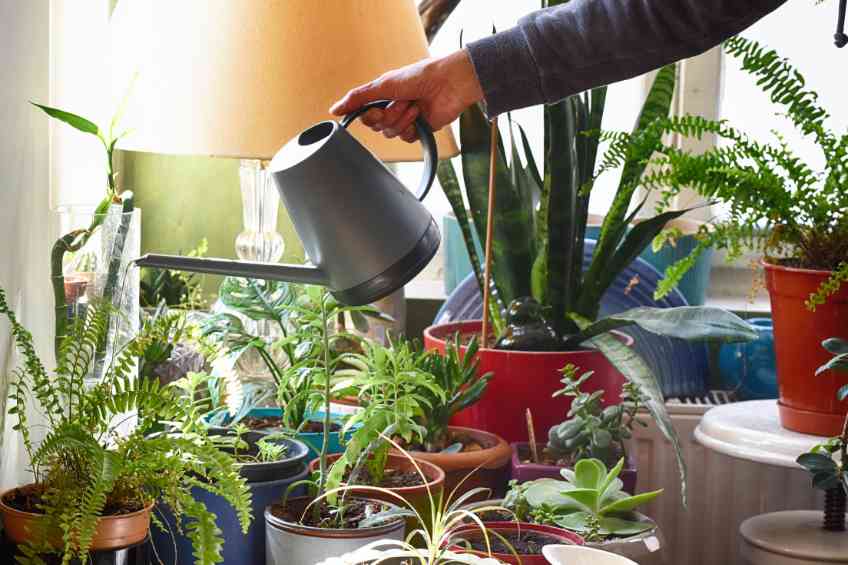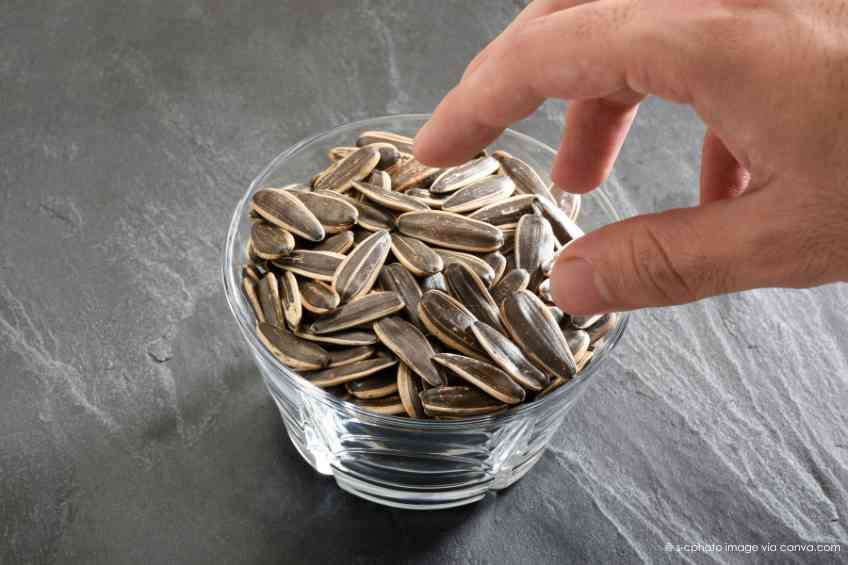The Skinny:
Setting up an indoor garden can help bring a bit of summer into winter abodes. It not only brightens spirits, but the oasis can also purify the air and create oxygen. Expert gardening skills are not mandatory to get your inside growth going, but there are some things to consider. Different plants have different needs, and homes can vary wildly in terms of humidity levels and sunlight availability. Seasonal changes will also impact a home’s environment, which presents some gardening challenges. Don’t fret, WellWell is on hand to offer some simple tips to help keep anyone’s indoor garden thriving.
The Slate:
Sunny Side Up
It doesn’t matter whether gardens are inside or outdoors, the winter sun is low, and the days are short, making it important to optimize access to any natural light. Placing plants in south-facing windows helps. Using T5 HO lights that produce 6,400 kelvins is also a good idea. It will support vegetative growth without consuming lots of electricity.
Water Wonders
Indoor air humidity tends to drop to 10 to 20 percent in winter, which is significantly under the 50 percent plants prefer. Humidifiers, trays of water, misting and placing plants together all help. But here’s the tricky part. During winter, plants require less water, which makes it easy to overwater them and cause root rot. One way to check is to stick a thumb into the soil. If it seems moist, chances are the plant is fine. If not, add water in measured tones.
Even-Heat
Plants can be when it comes to temperatures. Most are comfortable with daytime temperatures between 65 to 75 degrees and nighttime temps above 50 degrees. It means keeping plants away from cold and hot drafts—think poorly insulated doors, windows, radiators, ovens and fireplaces. Temperature fluctuations can whack a houseplant with prolonged heat or cold periods.
Pest Patrol
There are insects that thrive in winter, such as sap-sucking insects like aphids and scale. Spider mites are also common because they like cozy conditions. Checking plants is simple. When watering, turn over plant leaves and inspect their undersides. Wipe anything unwanted away with a finger or an alcohol-soaked cotton ball. If infestations get out of hand, use insecticidal soap or neem oil—both are safe and effective.
Perfect Plants
A would-be winter gardener can do everything right and have a less-than-thriving patch. It is why it is wise to choose plants wisely—like picking those most likely to survive regardless of the conditions. Consider cacti as one choice; they thrive on neglect. So do succulents, jade and rubber plants, aloes and aspidistra. Pothos are good, and the hardy dwarf citrus tree can bear fruit. Need a splash during the holidays or during those colder winter days? Hardy orchids, Christmas cacti, paperwhites and amaryllis may be the ticket too.
Eyes Up:
Have any winter garden tips? Send them to info@wellwellusa.com.
WellWell editors independently identify services and products of interest. If readers purchase anything through the associated links, WellWell may earn a commission, which goes to support our work. Learn More.













